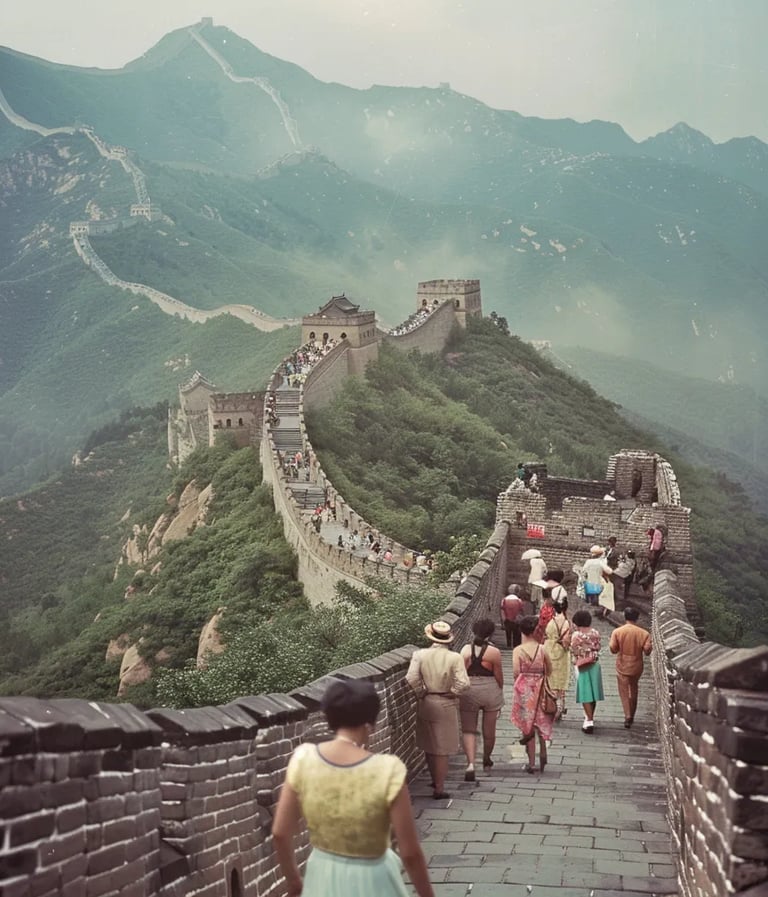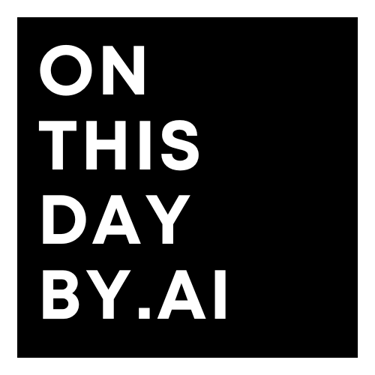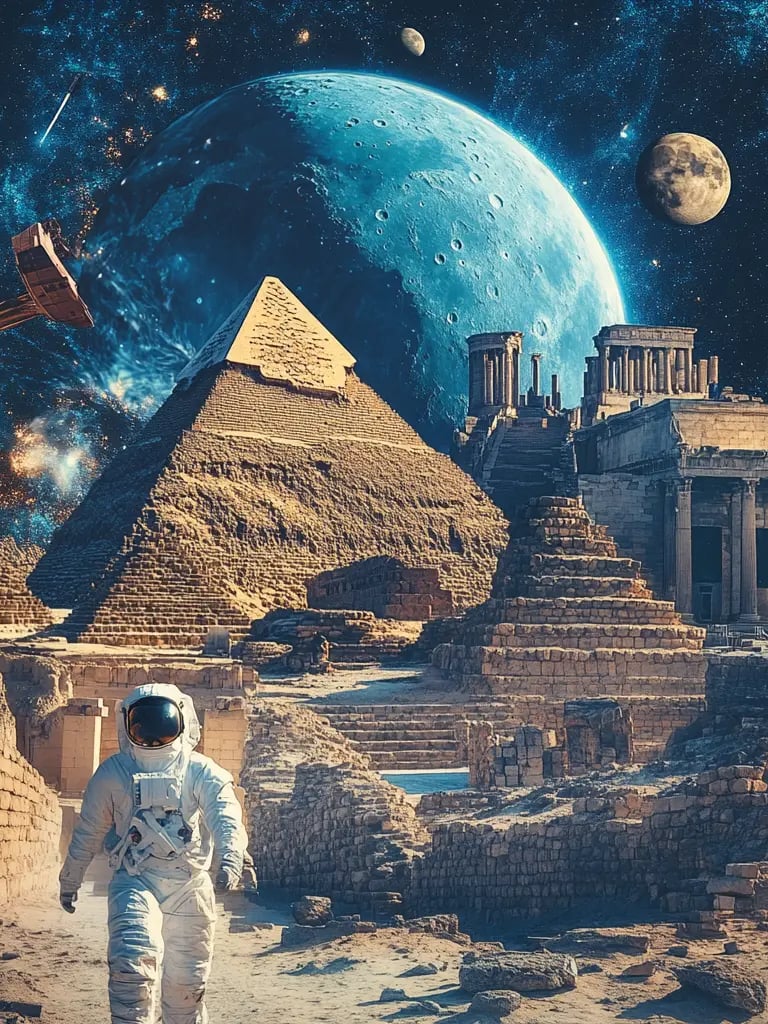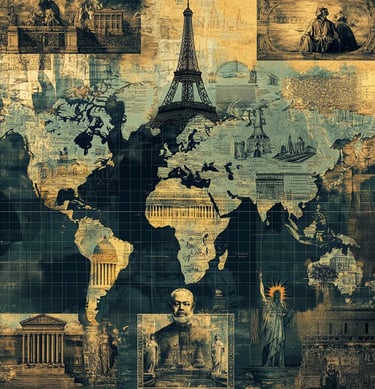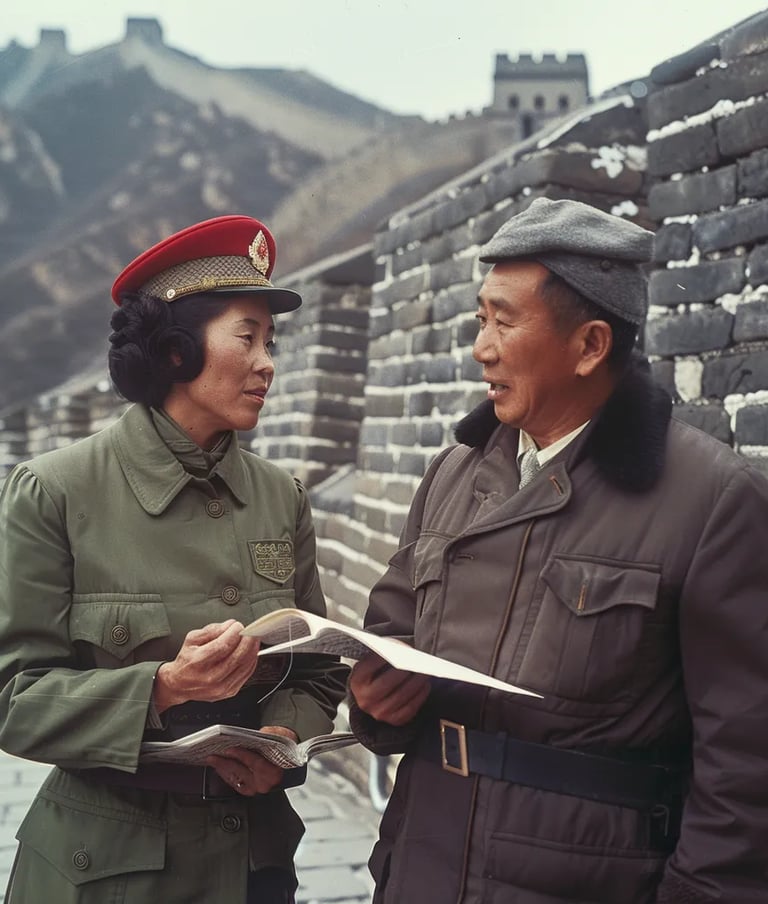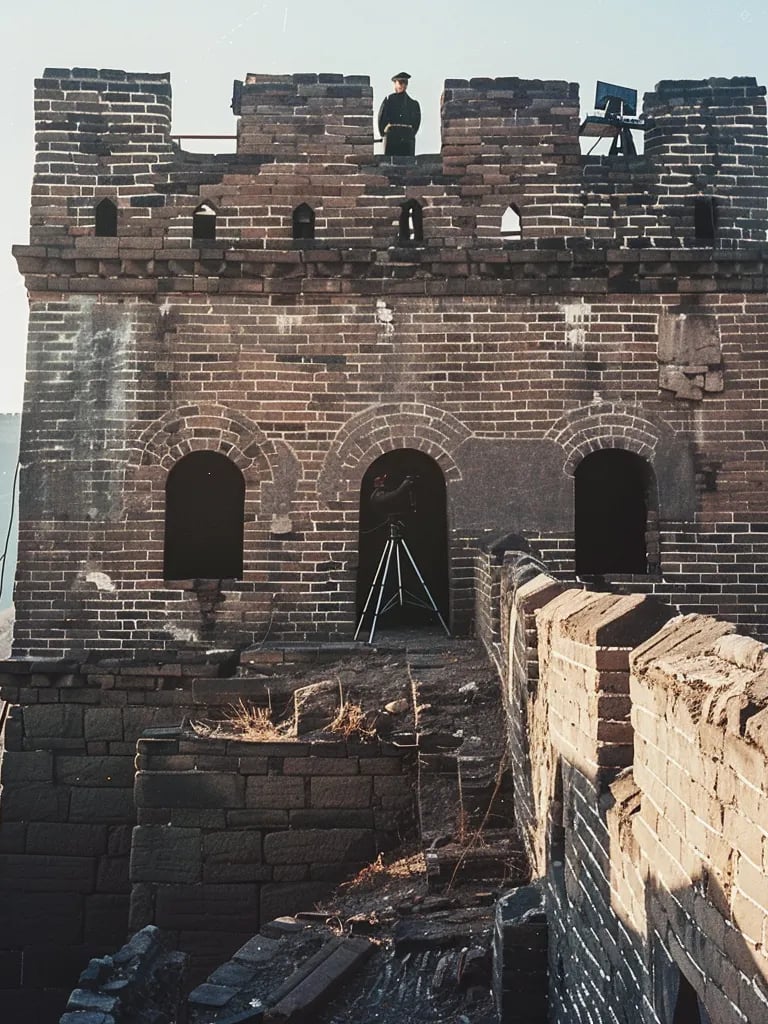On November 10, 1775, the United States Marine Corps was founded at Tun Tavern in Philadelphia, where the first Marines were recruited. Originally formed for naval combat, they quickly became an elite fighting force. Over the centuries, the Marines have fought in every major American conflict, earning a reputation for their discipline, bravery, and ability to rapidly deploy anywhere in the world.
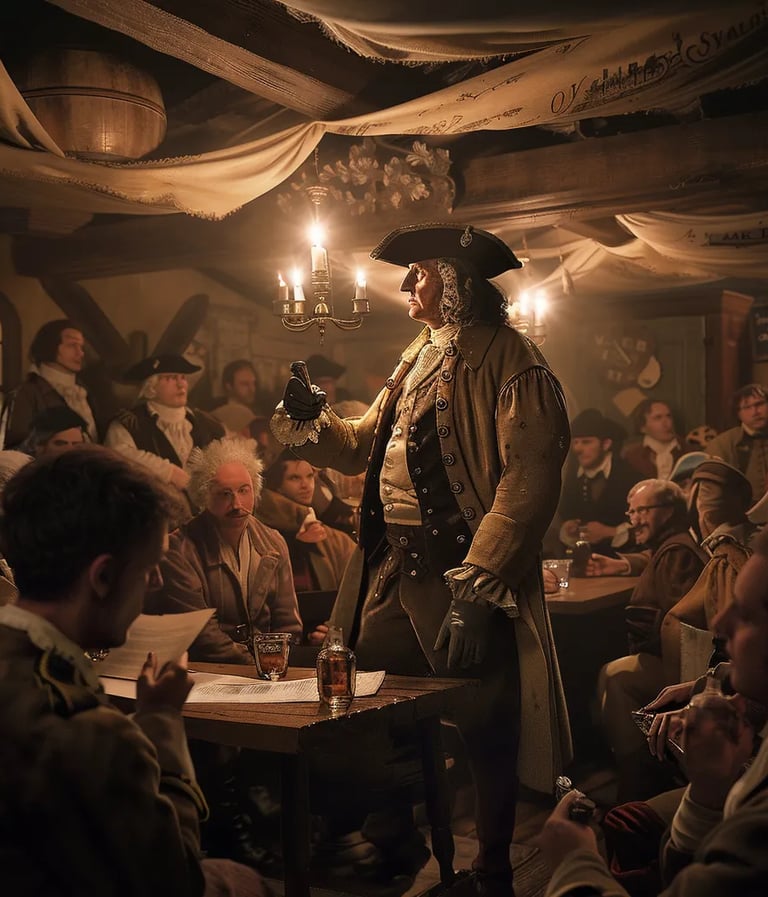

1775 – Birth of the U.S. Marine Corps: From Tavern to Battlefield
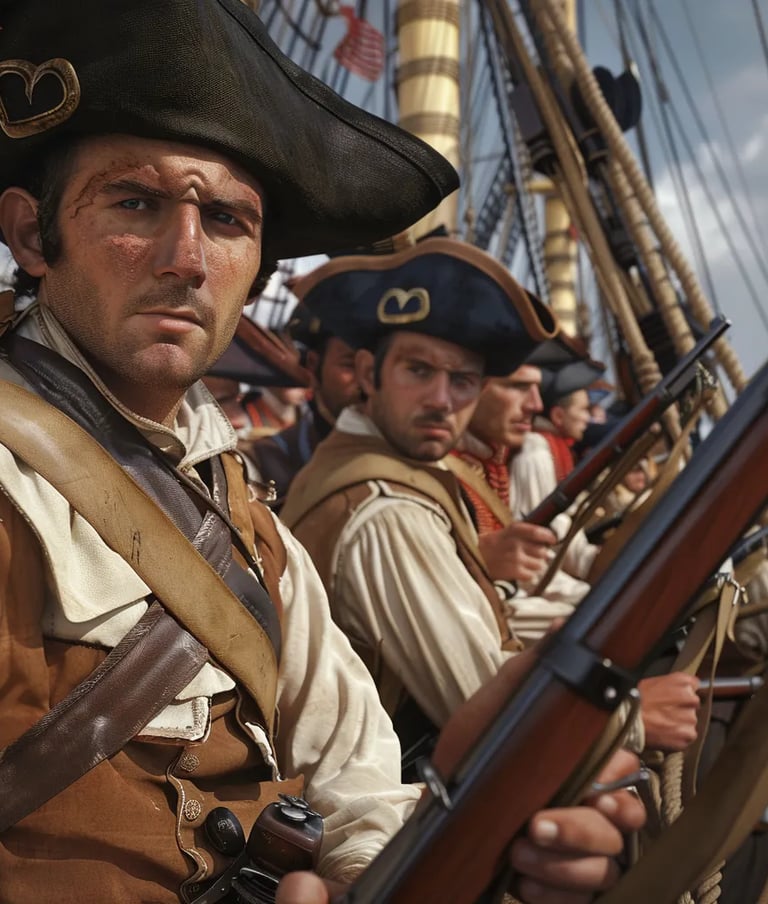

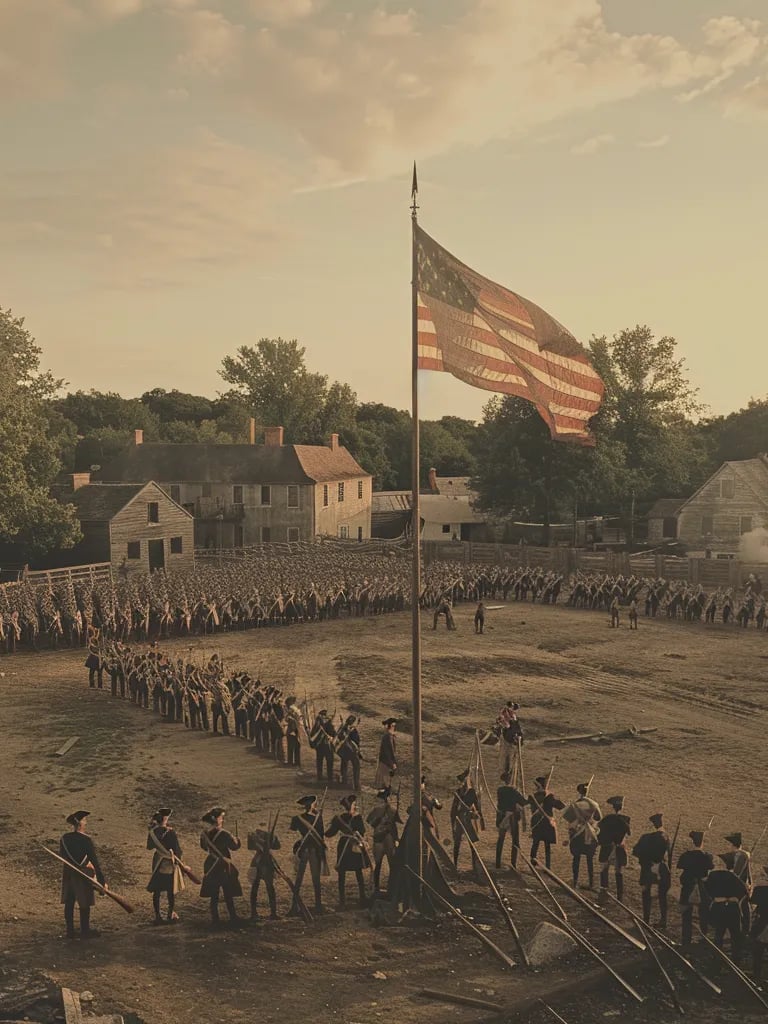

During the height of the French Revolution, radicals staged the Festival of Reason on November 10, 1793, transforming Notre-Dame Cathedral into a "Temple of Reason." Statues of saints were replaced with symbols of liberty, and actors dressed as Roman goddesses led ceremonies. While meant to celebrate Enlightenment ideals, the event shocked many and foreshadowed the Revolution’s increasingly extreme anti-religious policies.
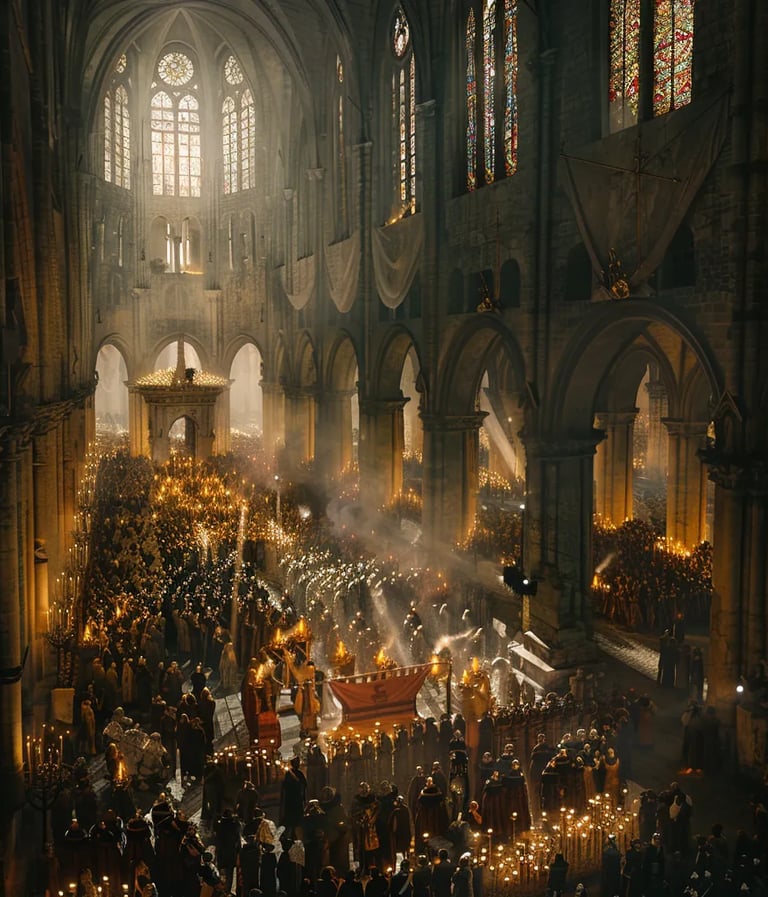

1793 – The Festival of Reason Turns Notre-Dame Into a Temple of Atheism
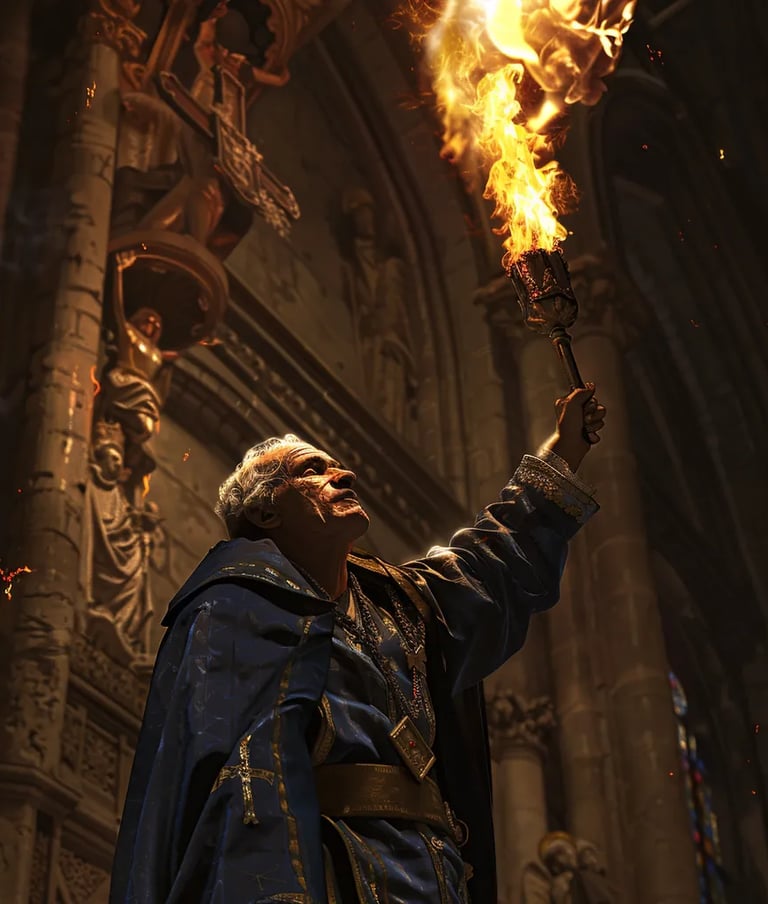



After years of speculation about the fate of Scottish explorer Dr. David Livingstone, journalist Henry Morton Stanley finally located him in Ujiji, Tanzania, on November 10, 1871. His greeting—“Dr. Livingstone, I presume?”—became legendary. Livingstone had been searching for the source of the Nile, but his disappearance had fueled global intrigue. Stanley’s discovery turned into one of history’s most famous moments in exploration.


1871 – “Dr. Livingstone, I Presume?” An Iconic Meeting in Africa
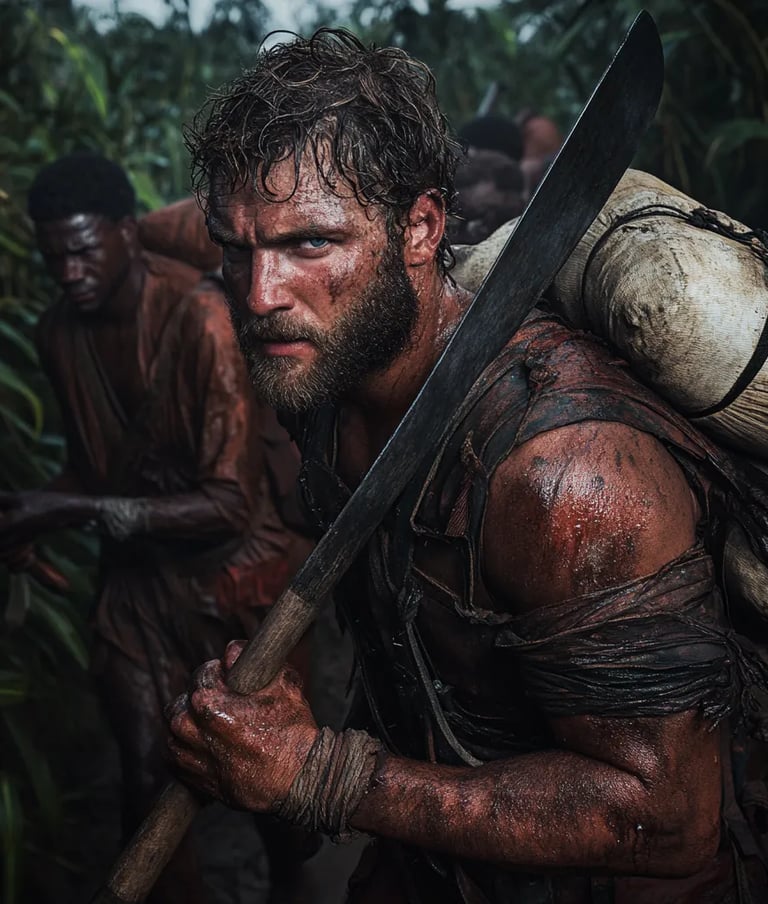

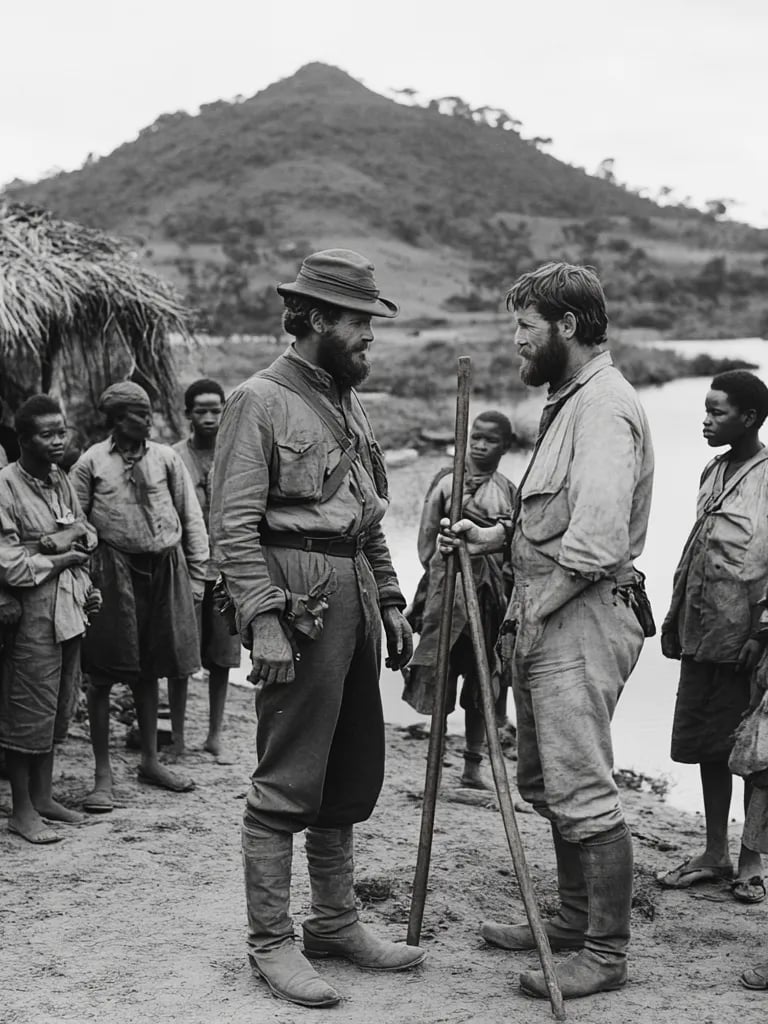

A simple call on November 10, 1951, marked the beginning of a telecommunications revolution. For the first time, a long-distance call was made without an operator’s assistance, connecting Englewood, New Jersey, to Alameda, California. This breakthrough in direct dialing paved the way for modern phone networks, making long-distance communication easier, faster, and eventually, an everyday convenience around the world.
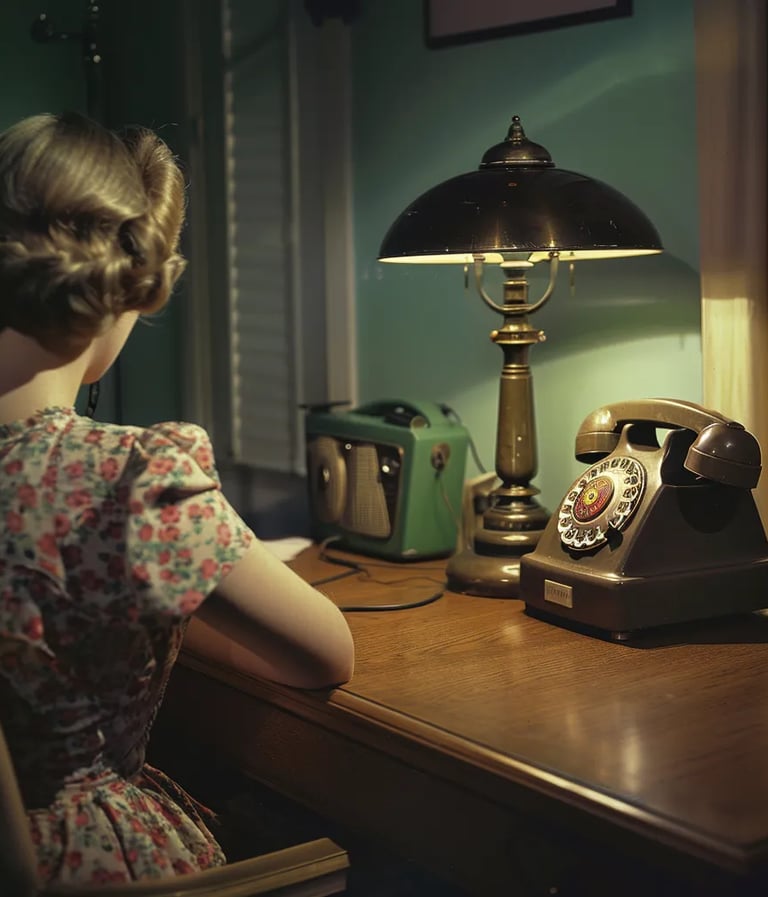

1951 – Long-Distance Calls Get Easier: Direct Dialing Revolutionizes Telephones
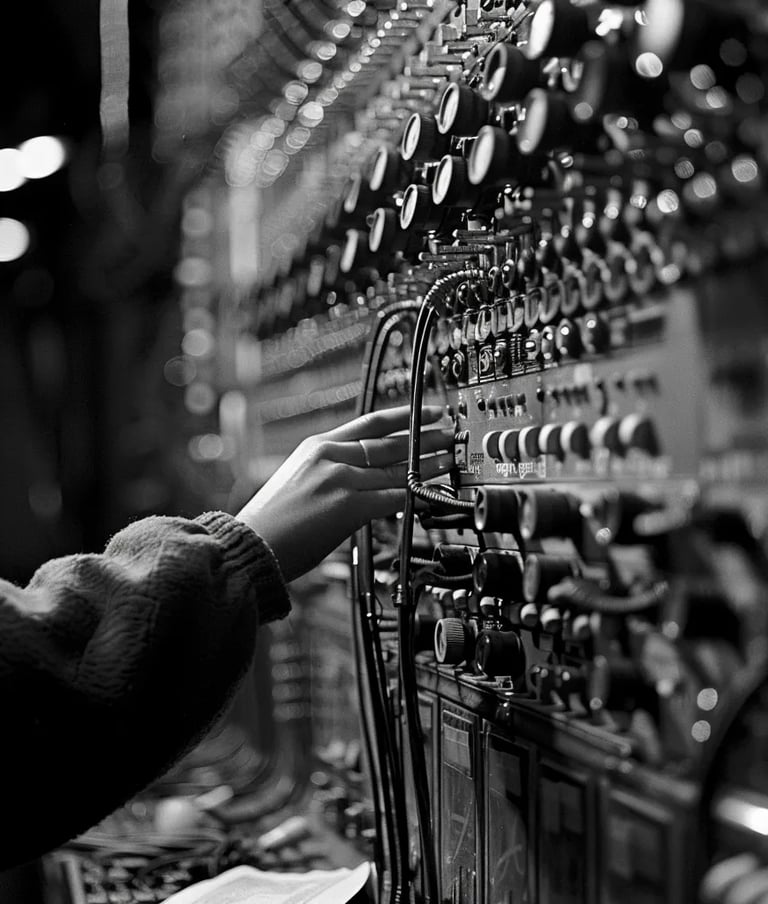



For the first time since the Communist Revolution, China welcomed foreign tourists to the Great Wall on November 10, 1970. The move signaled a shift in China’s approach to international engagement, as the previously closed-off nation began allowing glimpses of its history to the world. Decades later, the Great Wall became one of the most visited landmarks on the planet.
